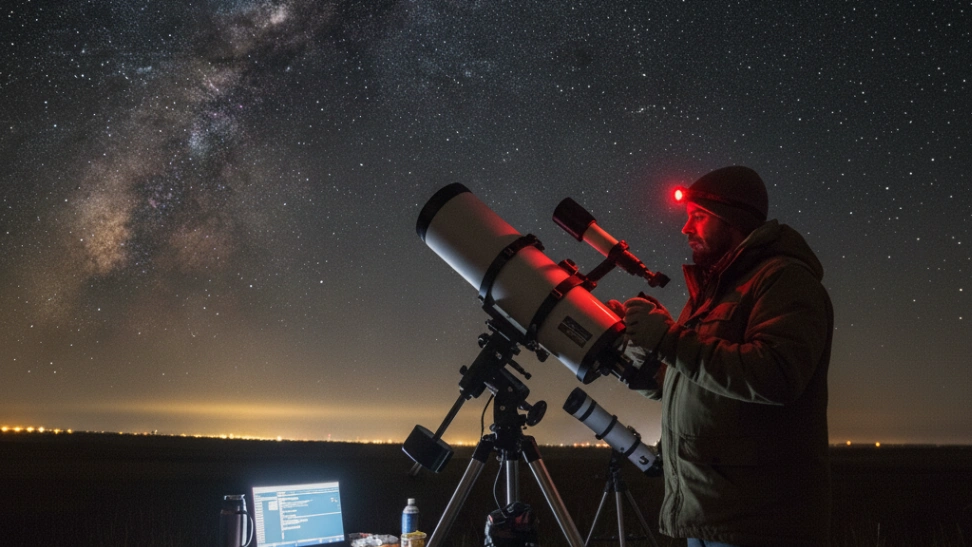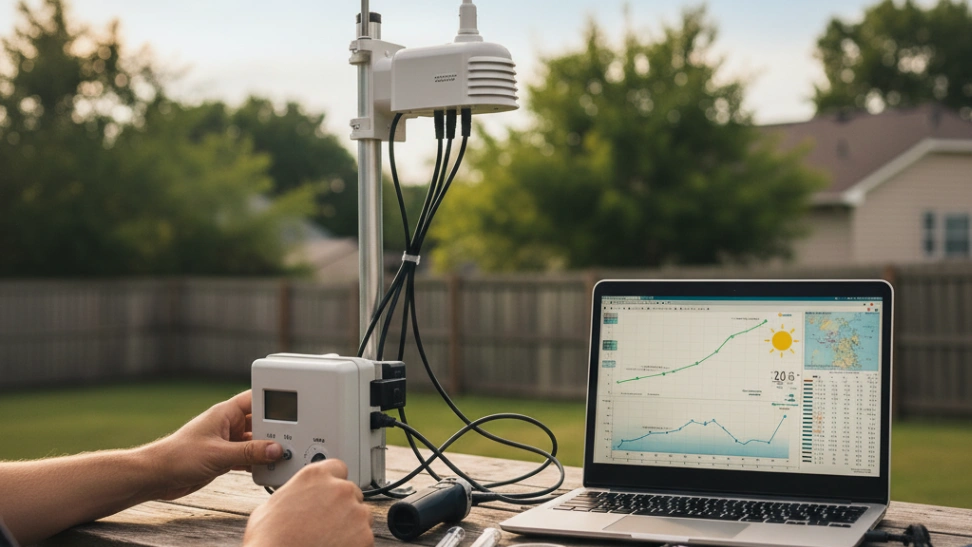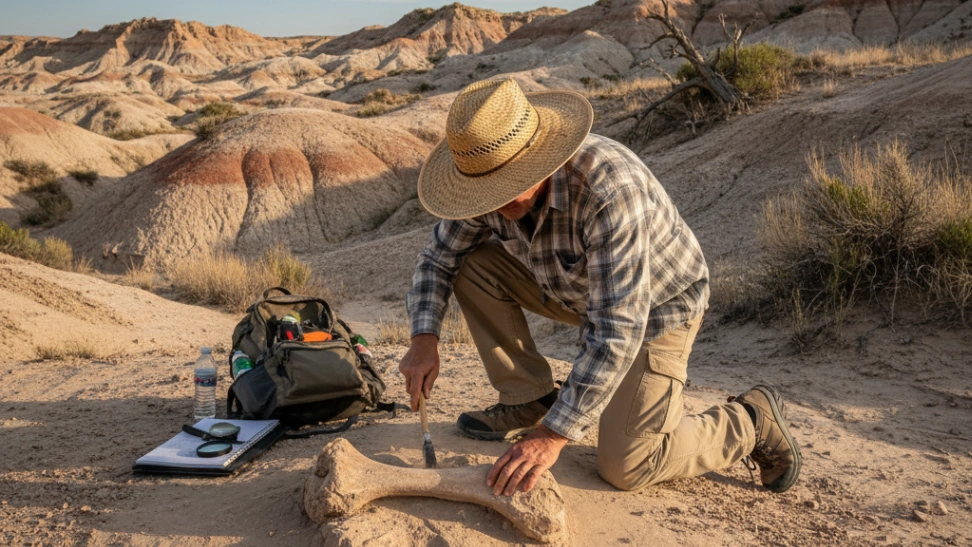The origins of astronomy are deeply entwined with human history itself, making it one of the oldest sciences. Ancient civilizations across the globe, from the Babylonians and Egyptians to the Mayans and Chinese, meticulously observed the movements of celestial bodies. These early astronomers used their knowledge to track seasons, predict agricultural cycles, navigate, and develop complex calendars. Stellar and planetary observations were often imbued with religious and mythological significance, shaping cultural narratives and belief systems. Early instruments were rudimentary, consisting primarily of gnomons for tracking the sun and simple sighting devices, yet their precision in mapping the heavens was remarkable. The Greeks, particularly figures like Ptolemy, codified much of this knowledge, creating geocentric models of the universe that would dominate Western thought for over a millennium. The Islamic Golden Age saw significant advancements, with scholars like Ibn al-Haytham making critical contributions to optics and the scientific method, which later influenced European Renaissance thinkers. This era also saw the construction of advanced observatories and the development of more precise instruments like astrolabes and quadrants. The invention of the telescope in the early 17th century by figures like Hans Lippershey and its subsequent refinement by Galileo Galilei revolutionized astronomy, proving the heliocentric model proposed by Copernicus and ushering in the era of modern observational astronomy. Suddenly, features on the moon, the phases of Venus, and Jupiter's moons became visible, challenging long-held dogmas and expanding humanity's understanding of the cosmos exponentially. This rich historical tapestry underscores astronomy's enduring appeal as both a scientific endeavor and a cultural touchstone.
Engaging in amateur astronomy involves a blend of technical skill, patience, and a deep appreciation for the natural world. Most beginners start with a pair of binoculars or a small telescope, which can reveal surprising details on the Moon's surface, the rings of Saturn, or the brighter deep-sky objects like the Orion Nebula. As enthusiasts progress, they often invest in more powerful telescopes, such as refractors, reflectors, or catadioptrics, each offering different advantages for various types of observation. Learning to navigate the night sky is a core aspect, requiring familiarity with constellations, star charts, and celestial coordinates. This process can be greatly aided by smartphone apps, computerized "GoTo" mounts, or simply by patient practice under dark skies. Beyond visual observation, many amateur astronomers delve into astrophotography, capturing stunning images of nebulae, galaxies, and planetary details. This often requires specialized cameras, tracking mounts, and post-processing software, adding another layer of technical challenge and creative expression to the hobby. The pursuit of astronomy is also highly seasonal and weather-dependent; clear, moonless nights away from light pollution are prized, making preparation and flexibility key.
The astronomy community is vibrant and welcoming, with local astronomy clubs, online forums, and star parties providing ample opportunities for shared learning and observation. These gatherings are invaluable for beginners, offering access to experienced mentors, diverse equipment, and collective knowledge. Joining a club often allows newcomers to try out different types of telescopes before making a significant investment and provides a social dimension to what can otherwise be a solitary pursuit. Many observatories and science museums host public viewing nights, which are excellent entry points for those curious about the hobby but unsure where to start. Online resources, including educational websites, YouTube channels, and dedicated astronomical communities, offer a wealth of information, tutorials, and inspiration for all levels of experience. From identifying constellations to understanding stellar evolution, the learning journey in astronomy is continuous and deeply rewarding. It fosters scientific literacy, encourages critical thinking, and connects individuals with the grand narrative of the cosmos, providing a unique perspective on our existence. The process of searching for and identifying celestial objects, whether a distant galaxy or a faint cometary tail, offers a profound sense of accomplishment and an intimate connection to the universe.
Beyond the sheer beauty and intellectual stimulation, astronomy offers numerous benefits. It cultivates patience, as finding and observing faint objects often requires dedication and perseverance. It enhances problem-solving skills, particularly when troubleshooting equipment or navigating complex celestial charts. For many, it's a deeply meditative and calming activity, allowing them to escape the stresses of daily life and immerse themselves in the quiet grandeur of the universe. The hobby also often leads to an increased awareness of environmental issues, especially light pollution, as astronomers are keenly aware of its detrimental effects on both skygazing and ecosystems. Furthermore, amateur astronomers have historically made significant contributions to professional astronomy, particularly in discovering comets, novae, and monitoring variable stars. This citizen science aspect allows enthusiasts to contribute meaningfully to scientific research. Ultimately, astronomy is more than just a hobby; it's a journey of discovery that continually broadens one's perspective, inspires awe, and fosters a lifelong love for learning and exploration.



